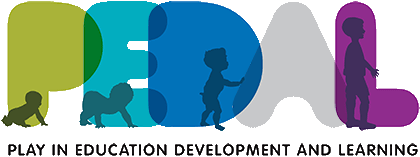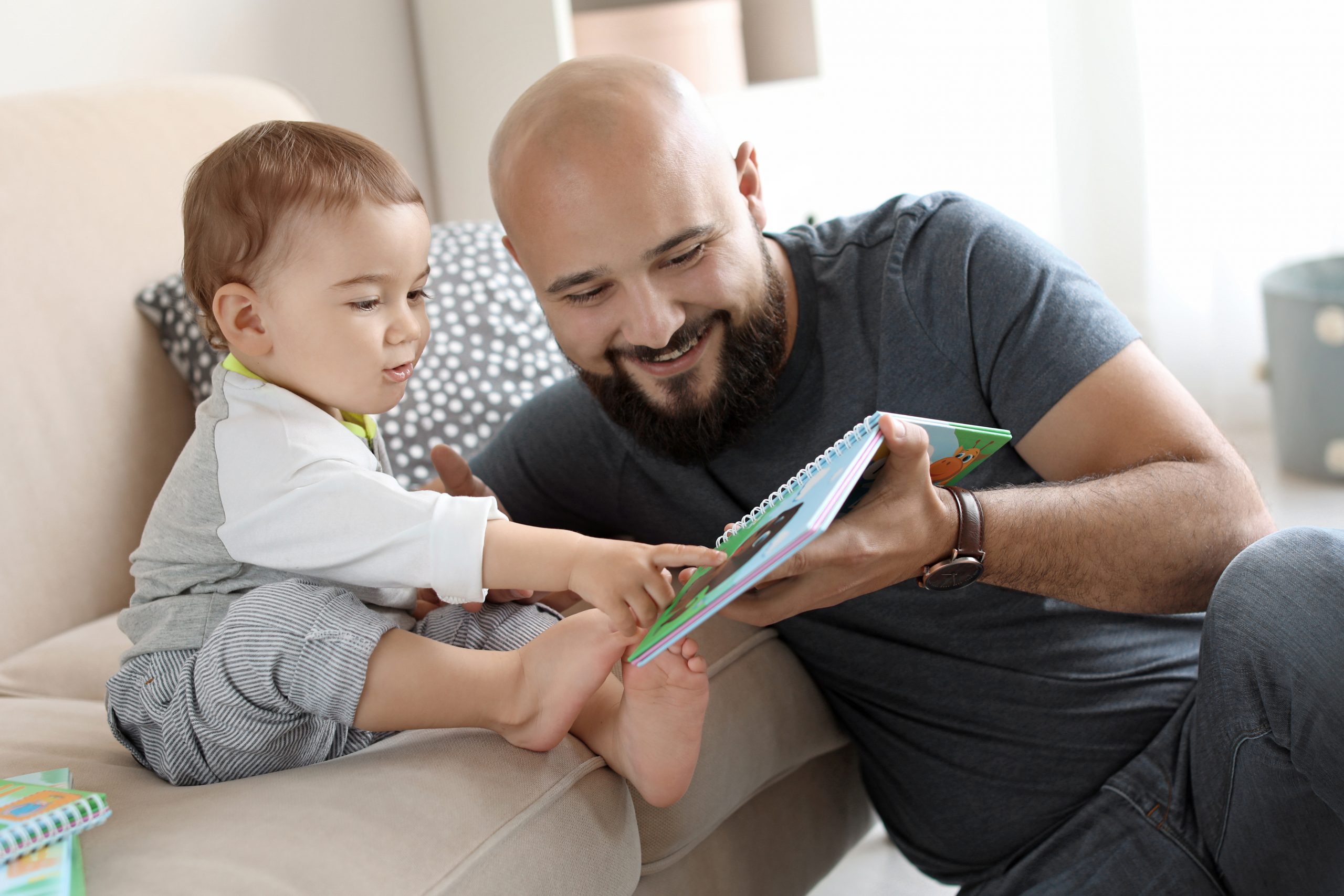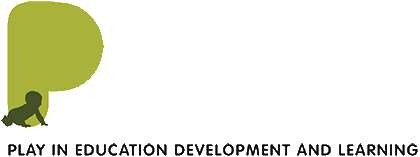The Educated Brain Policy Brief for the Westminster Policy Event
This is a summary for The Educated Brain’s Policy Event at Westminster on the 24th April 2018.
This is a summary for The Educated Brain’s Policy Event at Westminster on the 24th April 2018.
Parenting Supports for Early Vocabulary Development: Specific Effects of Sensitivity and Stimulation through Infancy
Growing recognition of disparities in early childhood language environments prompts examination of parent-child interactions, which support vocabulary. Research links parental sensitivity and cognitive stimulation to child language, but has not explicitly contrasted their effects, nor examined how effects may change over time. We examined maternal sensitivity and stimulation throughout infancy using two observational methods?ratings of […]
Growing recognition of disparities in early childhood language environments prompts examination of parent-child interactions, which support vocabulary. Research links parental sensitivity and cognitive stimulation to child language, but has not explicitly contrasted their effects, nor examined how effects may change over time. We examined maternal sensitivity and stimulation throughout infancy using two observational methods?ratings of parents? interaction qualities and coding of discrete parenting behaviors?to assess the relative importance of these qualities to child vocabulary over time and determine whether mothers make related changes in response to children’s development. Participants were 146 infants and mothers, assessed when infants were 14, 24, and 36 months. At 14 months, sensitivity had a stronger effect on vocabulary than did stimulation, but the effect of stimulation grew throughout toddlerhood. Mothers? cognitive stimulation grew over time, whereas sensitivity remained stable. While discrete parenting behaviors changed with child age, there was no evidence of trade?offs between sensitive and stimulating behaviors, and no evidence that sensitivity moderated the effect of stimulation on child vocabulary. Findings demonstrate specificity of timing in the link between parenting qualities and child vocabulary, which could inform early parent interventions, and support a reconceptualization of the nature and measurement of parental sensitivity.
Speaker gaze increases information coupling between infant and adult brains
When infants and adults communicate, they exchange social signals of availability and communicative intention such as eye gaze. Previous research indicates that when communication is successful, close temporal dependencies arise between adult speakers’ and listeners’ neural activity. However, it is not known whether similar neural contingencies exist within adult–infant dyads. Here, we used dual-electroencephalography to […]
When infants and adults communicate, they exchange social signals of availability and communicative intention such as eye gaze. Previous research indicates that when communication is successful, close temporal dependencies arise between adult speakers’ and listeners’ neural activity. However, it is not known whether similar neural contingencies exist within adult–infant dyads. Here, we used dual-electroencephalography to assess whether direct gaze increases neural coupling between adults and infants during screen-based and live interactions. In experiment 1 (n = 17), infants viewed videos of an adult who was singing nursery rhymes with (i) direct gaze (looking forward), (ii) indirect gaze (head and eyes averted by 20°), or (iii) direct-oblique gaze (head averted but eyes orientated forward). In experiment 2 (n = 19), infants viewed the same adult in a live context, singing with direct or indirect gaze. Gaze-related changes in adult–infant neural network connectivity were measured using partial directed coherence. Across both experiments, the adult had a significant (Granger) causal influence on infants’ neural activity, which was stronger during direct and direct-oblique gaze relative to indirect gaze. During live interactions, infants also influenced the adult more during direct than indirect gaze. Further, infants vocalized more frequently during live direct gaze, and individual infants who vocalized longer also elicited stronger synchronization from the adult. These results demonstrate that direct gaze strengthens bidirectional adult–infant neural connectivity during communication. Thus, ostensive social signals could act to bring brains into mutual temporal alignment, creating a joint-networked state that is structured to facilitate information transfer during early communication and learning.
On the origins of background emotions: From affect synchrony to symbolic expression
Guided by Damasio’s (2003) formulations on background emotions, this study examined the contour of infant affect during interactions with mother and father in relation to the emergence of symbolic expression. One hundred parents and infants were observed in face-to-face interactions and in play sessions at the toddler stage. Parent’s and infants’ affective states were coded […]
Guided by Damasio’s (2003) formulations on background emotions, this study examined the contour of infant affect during interactions with mother and father in relation to the emergence of symbolic expression. One hundred parents and infants were observed in face-to-face interactions and in play sessions at the toddler stage. Parent’s and infants’ affective states were coded in 1-s frames, and synchrony was assessed. Toddlers’ play was microcoded for symbolic level and for reciprocity and intrusiveness. Infant affective contour with mother was rhythmic with 1 episode of positive arousal framed by social gaze. Affective contour with father contained several peaks of positive arousal of shorter duration. Symbolic complexity was comparable and preserved the parent-specific contours, with quicker latencies, higher frequencies, and shorter durations of complex symbolic episodes with father. Sequential relations emerged between parent’s and child’s symbolic expression, and maternal reciprocity and intrusiveness were sequentially linked to symbolic expansion or constriction, respectively. Parent-infant synchrony and the parent’s support of toddler symbolic play predicted symbolic complexity. The need to include time in research on emotions and the dyadic origins of positive emotions are discussed.
Childhood and Society
The landmark work on the social significance of childhood. The original and vastly influential ideas of Erik H. Erikson underlie much of our understanding of human development. His insights into the interdependence of the individuals’ growth and historical change, his now-famous concepts of identity, growth, and the life cycle, have changed the way we perceive […]
The landmark work on the social significance of childhood. The original and vastly influential ideas of Erik H. Erikson underlie much of our understanding of human development. His insights into the interdependence of the individuals’ growth and historical change, his now-famous concepts of identity, growth, and the life cycle, have changed the way we perceive ourselves and society. Widely read and cited, his works have won numerous awards including the Pulitzer Prize and the National Book Award. Combining the insights of clinical psychoanalysis with a new approach to cultural anthropology, Childhood and Society deals with the relationships between childhood training and cultural accomplishment, analyzing the infantile and the mature, the modern and the archaic elements in human motivation. It was hailed upon its first publication as “a rare and living combination of European and American thought in the human sciences” (Margaret Mead, The American Scholar). Translated into numerous foreign languages, it has gone on to become a classic in the study of the social significance of childhood.
Attachments beyond infancy
Attachment theory is extended to pertain to developmental changes in the nature of children’s attachments to parents and surrogate figures during the years beyond infancy, and to the nature of other affectional bonds throughout the life cycle. Various types of affectional bonds are examined in terms of the behavioral systems characteristic of each and the […]
Attachment theory is extended to pertain to developmental changes in the nature of children’s attachments to parents and surrogate figures during the years beyond infancy, and to the nature of other affectional bonds throughout the life cycle. Various types of affectional bonds are examined in terms of the behavioral systems characteristic of each and the ways in which these systems interact. Specifically, the following are discussed: (a) the caregiving system that underlies parents’ bonds to their children, and a comparison of these bonds with children’s attachments to their parents; (b) sexual pair-bonds and their basic components entailing the reproductive, attachment, and caregiving systems; (c) friendships both in childhood and adulthood, the behavioral systems underlying them, and under what circumstances they may become enduring bonds; and (d) kinship bonds (other than those linking parents and their children) and why they may be especially enduring.
Attachment and loss. 1. Attachment
Provides a comprehensive report on the mother-child bond and the emotional effects of and behavioral response to maternal deprivation.
Provides a comprehensive report on the mother-child bond and the emotional effects of and behavioral response to maternal deprivation.
PlayFutures webinar with PEDAL: Playing with infants and toddlers
Listen to Dr Vicky Leong, Dr Ciara Lavery and Dr Melissa Scarpate talk about playing with infants and toddlers in this webinar hosted by PlayFutures.
Listen to Dr Vicky Leong, Dr Ciara Lavery and Dr Melissa Scarpate talk about playing with infants and toddlers in this webinar hosted by PlayFutures.
Play Piece: Play, Self-regulation, Executive Function and the Classroom Context
How and why do playful approaches to teaching support the development of self-regulation? Read our whole Play Piece here.
How and why do playful approaches to teaching support the development of self-regulation? Read our whole Play Piece here.
Play Piece: Play and Self-regulation
Self-regulation helps a child guide their thoughts, emotions and behaviours to accomplish a goal – how does play support this important area of development? Read our whole Play Piece here.
Self-regulation helps a child guide their thoughts, emotions and behaviours to accomplish a goal – how does play support this important area of development? Read our whole Play Piece here.


